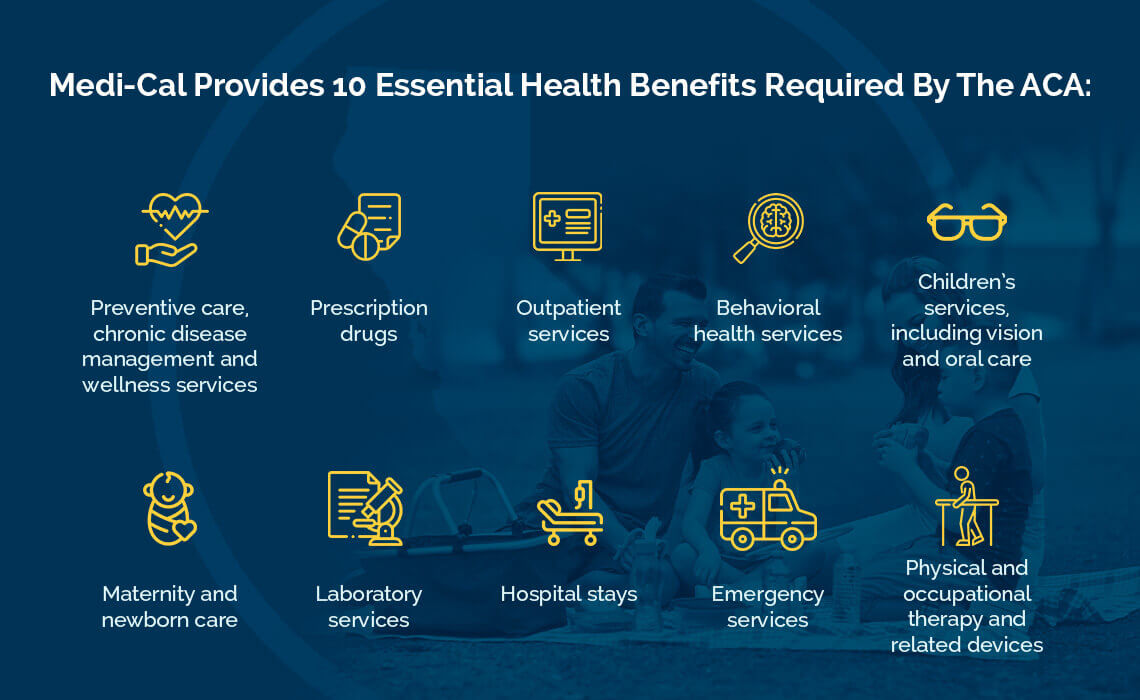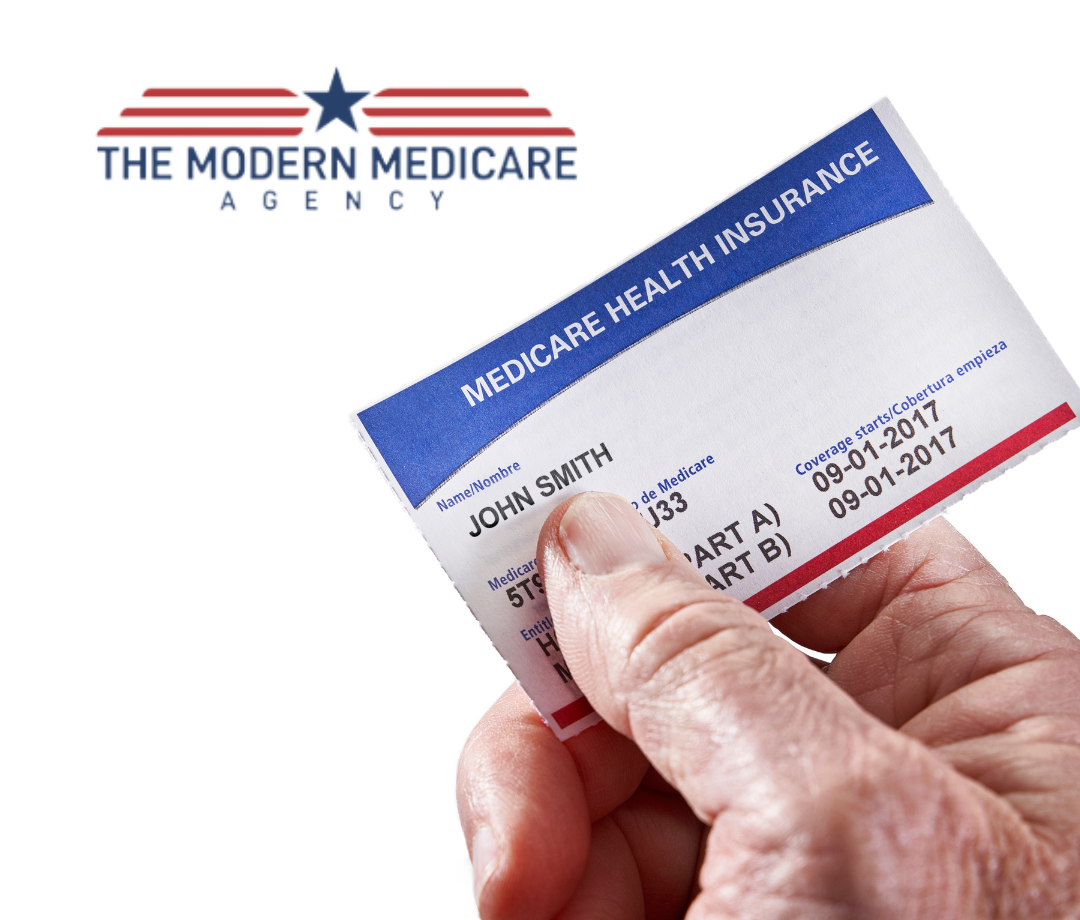Some Known Incorrect Statements About Medicare Advantage Agent
Some Known Incorrect Statements About Medicare Advantage Agent
Blog Article
The 45-Second Trick For Medicare Advantage Agent
Table of Contents7 Simple Techniques For Medicare Advantage AgentNot known Incorrect Statements About Medicare Advantage Agent Medicare Advantage Agent Things To Know Before You Get This7 Easy Facts About Medicare Advantage Agent Shown

Ordinary expenses for giving birth are up to $8,800, and more than $10,000 for C-section delivery. 1,2 The overall expense of a hip substitute can run a monstrous $32,000. These instances sound frightening, yet fortunately is that, with the appropriate strategy, you can safeguard yourself from a lot of these and other kinds of clinical bills.
With a great health insurance strategy, you aid secure the health and wellness and economic future of you and your household for a life time. Medicare Advantage Agent. With the brand-new ways to obtain inexpensive wellness insurance, it makes good sense to obtain covered. Various other key advantages of medical insurance are accessibility to a network of medical professionals and medical facilities, and various other resources to aid you remain healthy and balanced
What Does Medicare Advantage Agent Mean?
Today, approximately 90 percent of united state homeowners have medical insurance with considerable gains in health and wellness protection happening over the previous 5 years. Health insurance policy helps with accessibility to care and is linked with reduced death prices, better wellness outcomes, and boosted efficiency. Regardless of recent gains, even more than 28 million individuals still do not have insurance coverage, placing their physical, psychological, and financial health and wellness at threat.
In specific, current research studies that reviewed changes in states that increased Medicaid contrasted to those that didn't emphasize the value of protection. Adult Medicaid enrollees are 5 times more probable to have regular sources of care and 4 times most likely to obtain preventative treatment solutions than individuals without insurance coverage.

Our Medicare Advantage Agent Diaries
Individuals in Medicaid expansion states have higher prices of diabetes diagnoses than those in states that did not expand. They receive extra prompt, and for that reason much less complex, take care of 5 typical surgical problems. Medicaid growth is connected with accessibility to prompt cancer diagnoses and therapy.11,12,13,14,15 Insurance coverage enhancesgain access toto behavioral wellness and material utilize condition treatment. By 2016, 75 %of Medicaid enrollees with OUD filled prescriptions for drug therapy. Insurance coverage reduces cost obstacles to accessing care. Less individuals in states that broadened Medicaid record expense as a barrier to care than those in states that did not increase Medicaid, and fewer individuals in expansion states report missing their medicines as a result of expense. As an example, Hispanics have disproportionately high prices of being.

without insurance, as compared to non-Hispanic whites. The high price of uninsured puts anxiety on the more comprehensive healthcare system. People without insurance placed off required care and rely more heavily on health center emergency situation divisions, resulting in scarce resources being routed to deal with problems that often could have been stopped or managed in a lower-cost setting. While all providers offer some degree of charity treatment, it is insufficient to.
satisfy totally the needs of the without insurance (Medicare Advantage Agent). In 2017, health centers gave$ 38.4 billion in uncompensated care to individuals. Hospitals also soaked up an extra $76.8 billion in underpayments from Medicare and Medicaid, and are dealing with additional financing decreases through cuts to the Medicare and Medicaid out of proportion share healthcare facility payment programs. The Institute of Medication(IOM )Board on the Repercussions of Uninsurance launches an extensive assessment of proof that addresses the significance of medical insurance coverage with the publication of this record. Insurance coverage Matters is the very first in a collection of six records that will be released over the next 2 years recording the reality and effects of having an approximated 40 million individuals in the United States without medical insurance coverage. The Committee will look at whether, where, and exactly how the wellness and economic worries of having a big uninsured populace are really felt, taking a broad viewpoint and a multidisciplinary strategy to these questions. To a fantastic extent, the costs and repercussions of without insurance and unstably insured populaces are hidden and tough to measure. The goal of this series of research studies is to redouble plan attention on a longstanding problem.
The 10-Minute Rule for Medicare Advantage Agent
Following the longest financial expansion in American history, in 1999, an approximated one out of every 6 Americans32 million adults under the age of 65 and greater than 10 million childrenremains without insurance(Mills, 2000 ). This framework will certainly lead the evaluation in prospering reports in useful reference the series and will be customized to deal with each record's collection of topics.
The initial step in identifying and gauging the repercussions of being without medical insurance and of high uninsured rates at the neighborhood level is to identify that the functions and constituencies offered by medical insurance are multiple and unique. 10 percent of the population represent 70 percent of wellness care expenses, a correlation that has actually remained consistent over the previous three years(Berk.
and Monheit, 2001). Hence health insurance policy remains to serve the feature of spreading out threat even as it progressively finances regular care. From the viewpoint of healthcare companies, insurance carried by their people aids secure an income stream, and areas profit from economically feasible and stable health and wellness treatment specialists and organizations. Federal government read the article gives medical insurance to populaces whom the exclusive market may not offer successfully, such as disabled and senior citizens, and populations whose access to healthcare is socially valued
, such as youngsters and expectant women. The supreme ends of wellness insurance coverage for the private and communities, including office neighborhoods of employees and employers, are improved health outcomes and high quality of life. Without doubt, the intricacy of American healthcare funding devices and the wide range of resources of details include in the general public's complication and uncertainty concerning medical insurance statistics and their analysis. This record and thosethat will certainly adhere to objective to boil down and offer in conveniently reasonable terms the extensive research that bears upon questions of medical insurance coverage and its importance. Fifty-seven percent of Americans polled in 1999 believed that those without medical insurance are"able to obtain the treatment they need from doctors and medical facilities" (Blendon et al., 1999, p. 207). In 1993, when national attention was concentrated on the troubles of the uninsured and on pending healthtreatment regulation, simply 43 percent of those questioned held this belief(Blendon et al., 1999 ). They likewise get fewer preventive link solutions and are less most likely to have regular care for chronic conditions such as hypertension and diabetic issues. Persistent diseases can result in expensive and disabling difficulties if they are not well handled(Lurie et al., 1984; Lurie et al., 1986; Ayanian et al., 2000 ). One national survey asked even more than 3,400 grownups about 15 very severe or morbid problems. Extra evidence is offered later in this chapter in the conversation of insurance coverage and access to wellness care. People without wellness insurance coverage are young and healthy and pick to go without coverage. Nearly half(43 percent )of those evaluated in 2000 believed that people without health insurance coverage are more likely to have wellness issues than people with insurance policy.
Report this page